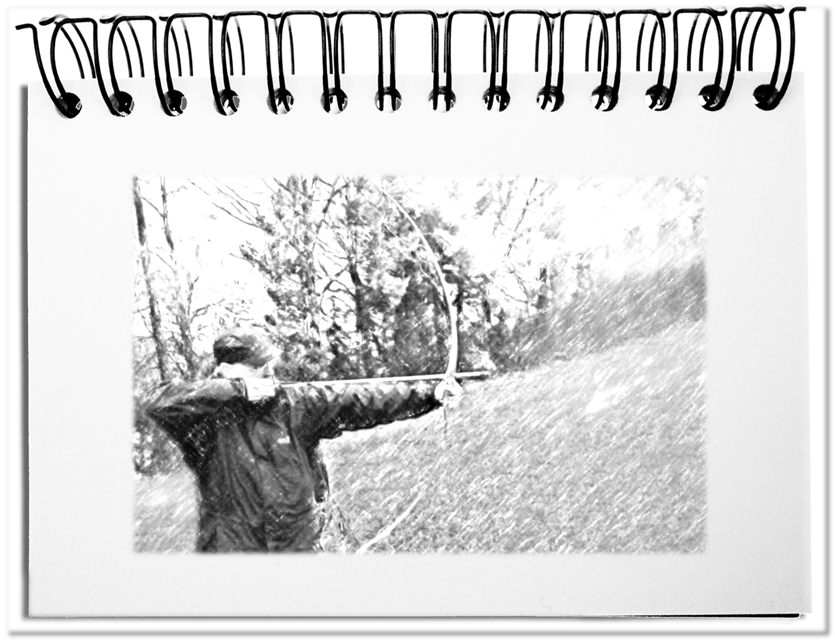Veränderung findet unentwegt statt. Solange man sich davon treiben lässt, überlässt man sein Schicksal Anderen. Läuft es nicht so, wie man es sich erhofft, sprechen manche von höherer Gewalt, auf die man ja keinen Einfluss hat. Ergeben sich Vorteile, so freuen sie sich über die Fügung des Schicksals und die Vorsehung, die ihnen wohlwollend positive Ergebnisse zuspielt. Natürlich käme niemand auf die Idee ein Auto zu fahren, ohne zu schalten und vor allem ohne zu lenken. Geplante Transformationen brauchen jedoch eine gezielte Strategie, auch wenn ihr viele kritisch gegenüberstehen.
Die wichtigste Aufgabe ist das Anzeigen der Richtung, die den Rahmen für die Planungen aller Bereiche setzt. Diese Skizze besteht aus
- einem emotional aufgeladenen Bild der Zukunft, das die Mannschaft ermuntert,
- einem nachvollziehbaren Grund, der Mission,
- einem Set von Prämissen, den kritischen Erfolgsfaktoren, den Wertdisziplinen und den Stärken, Schwächen, Chancen, Risiken,
- einer groben Stoßrichtung, die Wachstum oder Schrumpfung bzw. Veränderungen erster oder zweiter Ordnung beschreibt,
- definierten übergeordneten Zielen, die erreicht werden sollen, und
- dem Kern des Unternehmens, der die entscheidenden Fähigkeiten, Prozesse und Leistungen bestimmt.
Wer sich mit den einzelnen Bestandteilen auseinandersetzt, kann sie sich zunutze machen. Und trotzdem leisten sich Unternehmen und Abteilungen den Luxus, ohne eine ausformulierte Strategie zu agieren. Was ist das Problem?
- Vor allem fehlt vielen das Verständnis für die Bestandteile und die Anwendung des Plans. Es ist so, als hätte man einen Bogen und Pfeile, aber die Anwendung nie gesehen oder gelernt oder ausprobiert hat.
- Ohne eine eigene Vorstellung von dem, was man erreichen will, kann man die Richtung nicht vorgeben. Es ist so, als könne man mit dem Bogen schießen, aber man wüsste nicht, wo die Zielscheibe steht.
- Auch wenn manche das Bild der Zukunft vor ihrem inneren Auge haben, so nehmen sie sich zu viel Zeit, um es in Worte und Darstellungen zu übersetzen. Es ist, als wenn man den Bogen auf das Ziel richtet, aber sich nicht entscheidet den Pfeil loszulassen.
- Häufig wird der Plan für die Zukunft ausgearbeitet und veröffentlicht, aber das Ergebnis wird nicht ermittelt. Als schösse man den Pfeil ab und würde man sich für den Einschlag im Ziel nicht interessieren.
- Erreicht die Planung nicht die gewünschten Ergebnisse, so fehlt vielen die Fähigkeit nachzujustieren. Es ist so, als würde man, nachdem der Pfeil die Scheibe verfehlt, nicht weiter versuchen würde zu treffen.
- Hat man erreicht, was man wollte, so meinen Einige, sie bräuchten keine Strategie mehr. Es ist als träfe man ins Schwarze und schieße danach keinen Pfeil mehr ab.
Übrigens, ohne Schuss ist die Wahrscheinlichkeit eines Treffers gleich null. Nach dem Schuss ist vor dem Schuss. In diesem Sinne ist die Entwicklung der Strategie eine kontinuierliche Aufgabe, die notwendig ist.
Fazit: Die Strategie ist fester Bestandteil des unternehmerischen Alltags. Alle Bestandteile erfüllen ihren Zweck, die Mitarbeiter auf ein gemeinsames Ziel auszurichten. Die Praxis wird durch ungeschickten Umgang mit den Bestandteilen belastet. Möchte man die Transformationen steuern, bleibt einem jedoch nichts übrig als eine gezielte Strategie.

